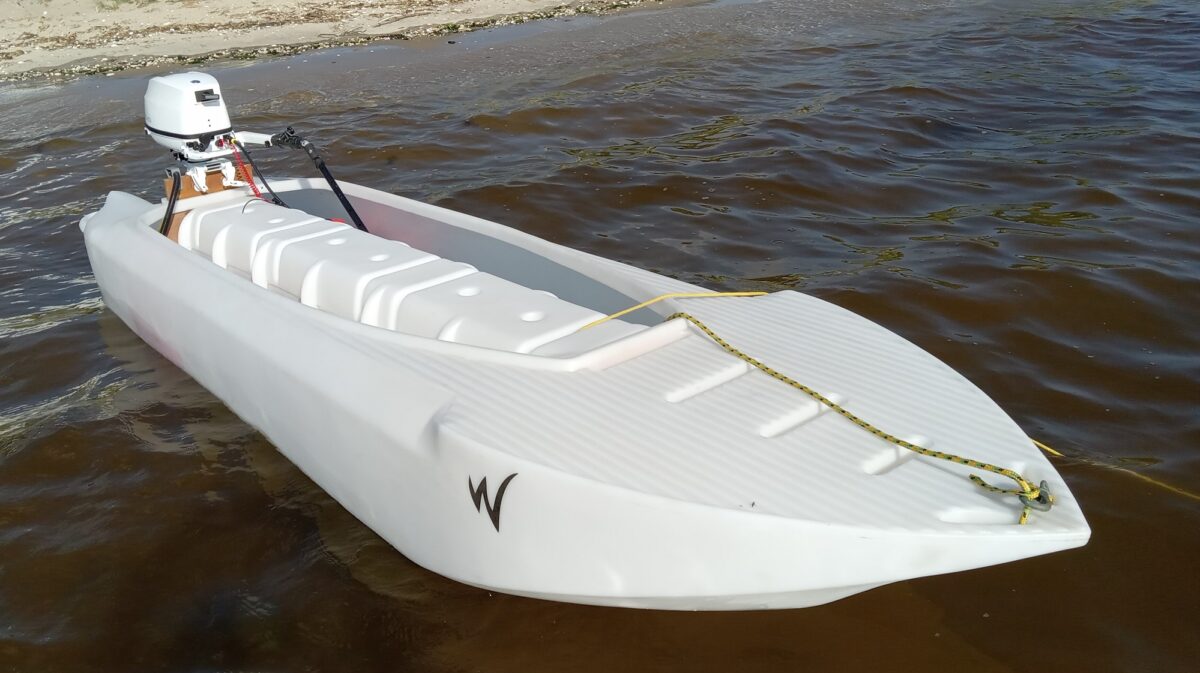It’s really bad!
Rudders have become a necessity in modern SOT, sit-in, and hybrid fishing kayaks, simply because most of these kayaks have become so wide and hard to paddle (I.E. ‘barges’) that they lost the ability to track properly, which is and essential requirement from any boat.
Kayak manufacturers have constantly increased the width of the fishing kayaks they offer, as a response to the demand for more stability. But this change comes at a price of a decrease in speed, control, and tracking capability that’s often coupled with lackluster performance in maneuverability.
In comparison, no W-kayak paddler or angler has ever felt the need for a rudder for paddling. This is a particularly interesting fact, considering the W-kayak is shorter than most kayaks out there, and considering the fact it’s used for a multitude of applications in a wide range of aquatic environments, including long trips in the ocean, big lakes and wide rivers, where a kayak is required to perform well in tracking terms.
What’s wrong with rudders?
Well, to begin with, they cost extra money, and better rudders are very expensive.
More importantly, they slow down your kayak by 10% in average, according to serious speed research performed on kayaks in tow-tanks.
And most importantly, rudders are often cumbersome and difficult to handle. Handling them requires your attention and the use of one of your hands, or of both your feet, and that’s when there are other things you’d like to do when you’re in your kayak, such as paddling or fishing, rather than steering.
On top of these issues, and that’s really too bad for paddlers and fishermen who go in shallow water, rudders tend to get stuck in the bottom, bump into rocks or branches down there, and get entangled in sea weed, so they limit your range of paddling and fishing in areas that are considered promising for both these activities.
Besides, like any mechanical device, rudder systems can break, and their cables can get jammed or torn. If such a problem occurs, it can become anywhere between unpleasant and hazardous, especially if you find yourself far from shore, and if weather is getting nasty, the wind is picking up, it’s getting dark, the tide is getting strong etc. -Sounds too scary? Remember rule number one in kayaking is ‘Stuff Happens’… and it can happen to you!
In sum, rudders are yet another necessary evil imposed on the sit-in, hybrid and SOT kayak anglers, while W kayakers and kayak anglers should be thankful they need neither purchase nor use such awkward devices.
More about kayak speed >>
